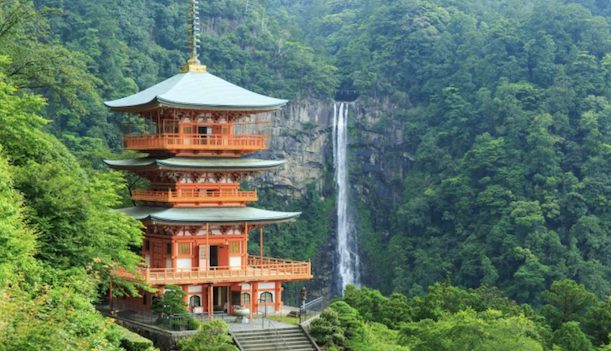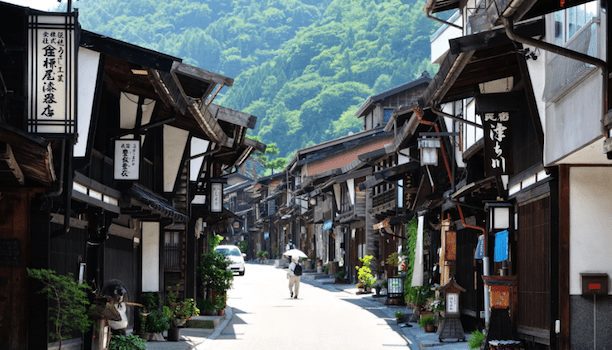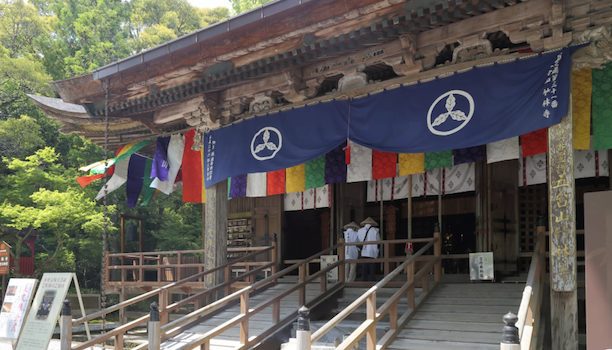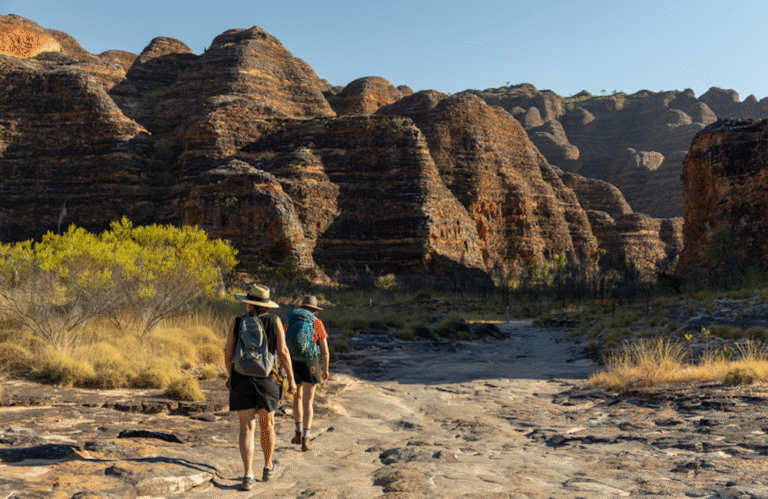As a country of mountains and pristine forests, it’s little surprise to learn that Japan is blessed with unending trekking opportunities.
An ancient land with an equally ancient series of pilgrimage trails crisscrossing its territory north to south, east to west, Japan is a hiker’s paradise – whether you seek an easy morning hike or a longer, multi-day challenge.
Here are three of the most awe-inspiring hikes you can set foot on in the Land of Endless Discovery.
Hiking the Kumano Kodo

Towering trees, the tallest waterfall in the country, soaring mountains and sacred Buddhist temples and Shinto shrines en route, the Kumano Kodo network of ancient trails is one of the wonders of the hiking world. So much so, that it’s only one of two pilgrimage routes to be given World Heritage Status (the other is the Camino de Santiago).
The trail translates into the “Kumano Old Road” and, historically, was reserved for the footsteps of emperors and samurais. But not anymore. These days, this series of ancient pilgrimage routes weave through Ki Hanto, the largest peninsula on the main island of Honshu, offering travellers a remote and rewarding hiking experience unmatched in the rest of the country.
The Nakahechi route (aka the Imperial Route) is the most popular trail in the Kumano Kodo, and has been since the 10th century. But there are many other trails you can hike within the network, some relatively moderate and taking only hours to complete, others much more strenuous and taking multiple days. All trails lead to the Hongu Taisha, a shrine in Wakayama Prefecture’s Kumano area.
Nakasendo

The Nakasendo, or the “Road through the Central Mountains” as it translates in English, is a popular five-day trek through quaint towns, photogenic valleys (such as Kiso Valley) and majestic mountain trails.
Connecting Tokyo to Kyoto, this ancient was trail once walked by feudal lords and samurai. There are 69 historic post stations – or jukus – where you can stay the night and soak the day’s aches away in a traditional Japanese onsen at a local ryokan.
Along the way from Magome to Yokokawa, you’ll hike through beautiful bamboo and cedar forests near Nojiri, pass the stunning 16th-century Matsumoto Castle, and hike over the splendid Usui-toge Pass near the trail’s end. Expect to walk around six hours a day.
Shikoku Henro Trail

Stretching for over 1,200 kilometres on the southern island of Shikoku, and taking anywhere between 30 to 60 days to complete, the Shikoku Henro Trail is one of the most challenging, and yet rewarding, trails on the Japanese hiking circuit.
Linking 88 temples and other sacred sites traditionally associated with the esteemed monk, Kobo Daishi – who founded Japanese Shingon Buddhism – you’ll share this scenic trail with Japanese pilgrims who are recognisable by their white clothing, conical hats, and walking sticks. Most pilgrims complete the circuit in six weeks.
Known as the Japanese “Camino de Santiago,” this hike is undertaken by thousands of pilgrims (known as henro) each year, and promises to be just as life-changing to anyone that dares to tick it off their bucket list.
To discover more about Japan’s Sacred Sites & Pilgrimage Routes, visit the website here.
This article was brought to you by:






